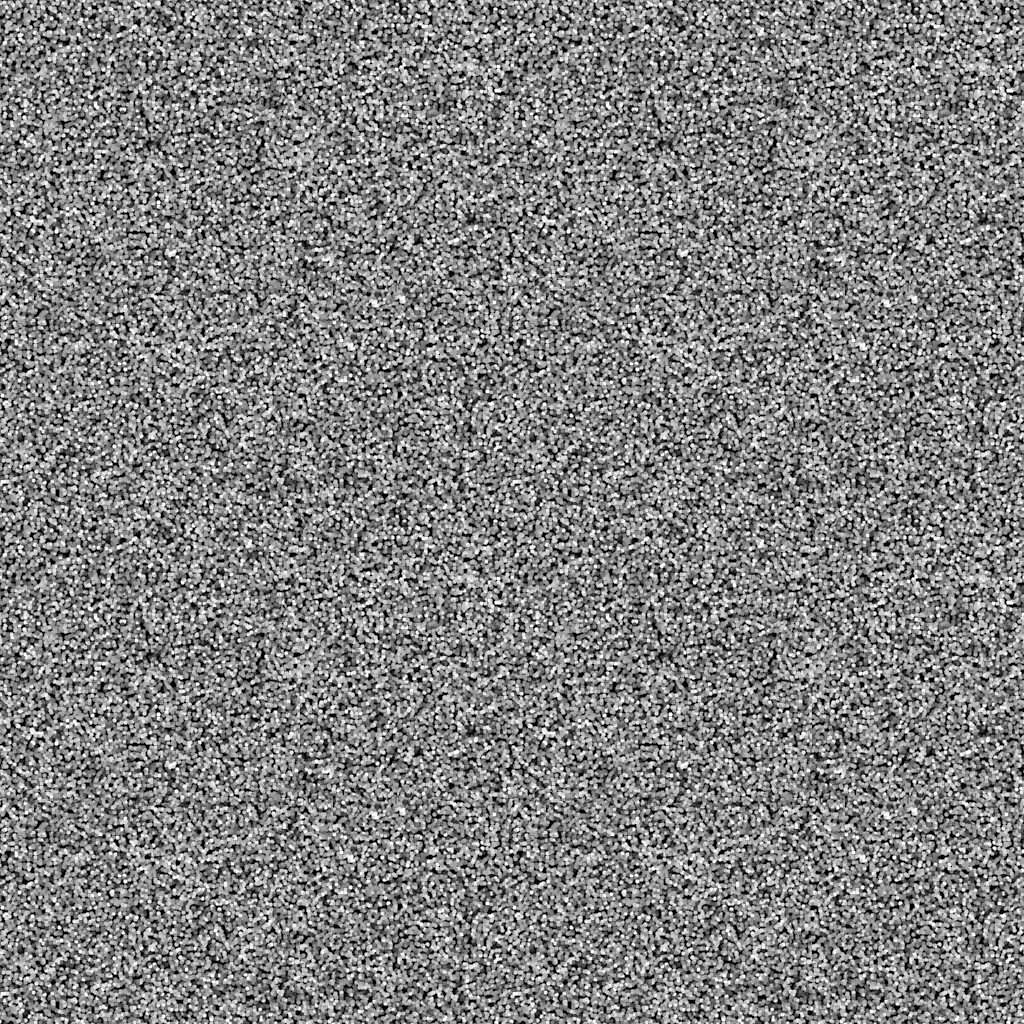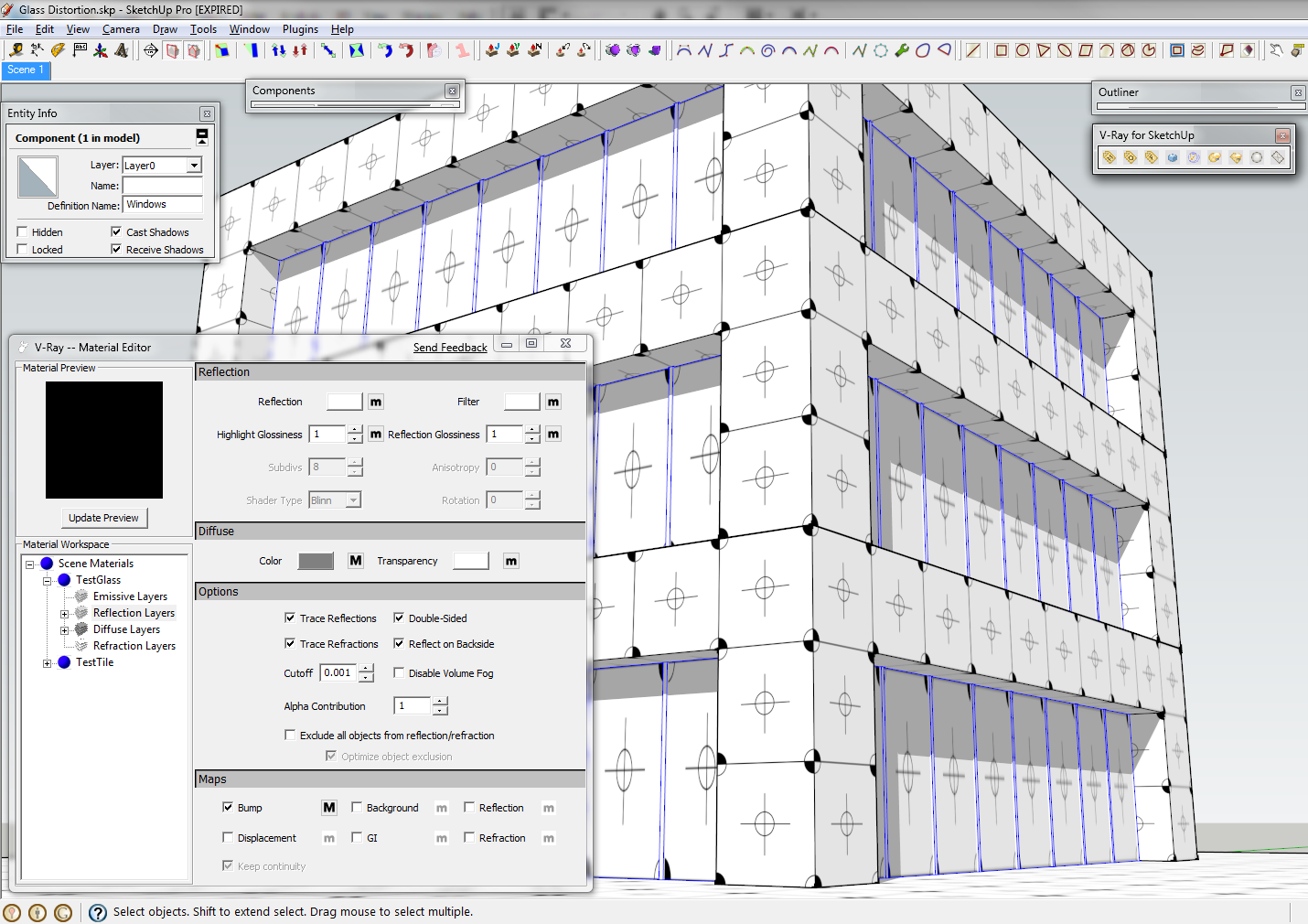V-ray questions
-
Grouping does play an important role in VfSU knowing which faces to displace. The reason for this is that in order to keep the displaced mesh all continuous, V-Ray needs to know where those edges are and adjust the normal when approaching an edge between two displaced faces. Since the object was grouped correctly before you put the white band in there, adding it most likely muffed up the grouping in some way. One you regroup, then everything gets sorted out and it works.
The option that I was describing above is referred to as Keep Continuity. I don't recommend turning it off, but here's a small example of what it does...from Spot3d.com
http://www.spot3d.com/vray/help/150R1/examples_displacement.htm#example5
-
damien,
any word on vfsu for mac?
-
Solo. Would you mind sharing your grassy worm?
-
Sure thing, it's bit heavy as it has a large texture and a SDS form.
I included the displacement map incase Vray does not automatically map to it.

-
Thanks. I haven't tried to displace grass yet. But I liked your sample.
Was curious to how the displacement looked like. That's a PS noise generating filter, right? -
That's a map I got online with the grass when I was looking for a displacement example in order to learn.
I have been playing around using PSP making my own noise maps and concluded that the finer the noise the thinner the blades and visa verse.
I also tried squares and dots and they create some really cool effects, especially using a variety of grey shades one can get varying hieghts. -
Using the above displacement map I mapped another texture onto a low poly sphere and it turned out pretty good, I did use 'soft focus' in PSP, I believe it's called 'Bloom' in PS.


-
-
The rug and fur displacement looks the best. I've yet to see a grass displacement that works up close, But it does work for smaller patches seen further away.
DOF:
You must use Physical Camera.
The "Override Focal Dist." only takes inches as it's unit values. Nomatter what the model settings are.
Once you've set the focal distance, adjust the F-Stop until you get what you want in focus in focus, and adjust Shutter Speed or ISO to compensate for changes in lightTip: while you dial in your DOF, render small and use "Override Materials" under the General Switches flyout to cut down render times.
-
@thomthom said:
Tip: while you dial in your DOF, render small and use "Override Materials" under the General Switches flyout to cut down render times.
good tip thom.
-
just wanted to correct thomthom there, physical camera is not necessary for DOF, it works with both cameras
-
@unknownuser said:
just wanted to correct thomthom there, physical camera is not necessary for DOF, it works with both cameras
Whoops! It does?

I stand corrected. -
ThomThom, if you want, you can asnwer here my ASGVIS forum post about the bump across window panes... the blend of two noise maps didnt work

-
Did you try to set the noise to world co-ordinates?
-
-
oops, it was not you, it was Jackson who was helping me with this problem at ASGVIS forum...

-

-
@thomthom said:

you can help me of course, since I am failing miserably at achieving the necessary result
here is the ASGVIS thread
http://asgvis.com/index.php?option=com_smf&Itemid=90&topic=6024.0but you can answer here

-
I did some quick tests.
I found that I had to put all the faces that makes up the glass into one group/component. If each glass was an component instance they'd get the same distortion. Didn't find any way around it other than exploding all the glass faces.
Below is a test render.
The Bump map is the default Noise map where I set the Size to 50.


-
Cool glass distortion thomthom, I used the same technique for making high gloss malamine panels.
- off topic * I see your pro version has expired, mine expired beginning of March (beta test license)
Advertisement









